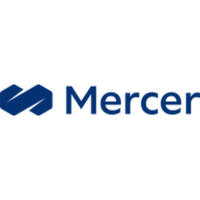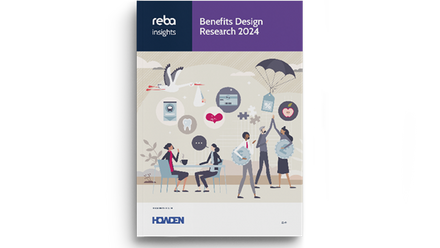Four ways to assess whether a new benefit offering is right for your business

1. Assess your current offering
It is important to look at your current offering and assess how a new benefit would complement it. A co-ordinated and consistent programme can be worth more than its component parts. Is there an overlap between any new benefits and the current package or will it fill an identified gap?
Before adding something new, find out which current products your employees love and which are less relevant. To make this assessment, the answer lies with data. You already have lots of data on the current benefits your employees choose; it’s just about harnessing this information to spot patterns. For example, how do your employees take advantage of certain benefits and does that usage change over time.
2. Think about your employees’ needs
No two employees are the same, and they all have different priorities, goals, problems and needs. Although it would be great to be able to support all our employees all the time, this is not always feasible, and there is only so much that an employer can do. Instead it is best to identify both the needs of your workforce, and the areas in which you – as an employer – can make the most difference. Is the new offering something that will both help and be valued by employees, and what are the advantages?
The latest benefits with the biggest impact on today’s workforce are those which improve employees’ financial wellness. On average, employees spend two to three hours per week at work on personal financial matters, according to the Money Advice Service (2016). That is a huge drain on productivity and, in fact, it’s estimated that employee financial stress leads to a four per cent cost to a company’s bottom line – Barclay’s Financial Well-being: The Last Taboo in the Workplace? report (2015).
If your benefits package can help to address the financial wellness of your employees, then you can improve their productivity and have a happier and more engaged workforce.
There are four critical elements to an employee’s financial wellness, as defined by the Consumer Finance Protection Bureau:
- Control over the day-to-day – not overspending their income and ensuring debt and expenses are managed.
- Preparedness for the unexpected – they have the capacity to absorb financial shock.
- Freedom to make choices in life – including having access to resources or financial guidance to improve their situation.
- Being on track for the future – they have a plan and are saving towards it.
When assessing a new benefit, think about how it addresses these four pillars and whether it meets employee needs. This might mean leaning towards alternative benefits. For example, four in 10 working-age people have less than £100 in emergency savings, found the Money Advice Service (2016), so offering a corporate ISA and educating your employees about the importance of rainy day savings might help alleviate some of their financial stress. This in turn allows them to focus on making the company money rather than worrying about their own.
3. Get your employees to value their benefits
Your new benefits offering could meet all your employees’ needs, but if they don’t know about it or understand it, you may as well not offer it. Part of assessing whether a new benefits offering is right for your company means thinking about whether your employees will understand and value it. Communication is key here, because how well a new benefit is communicated to your employees has a huge impact on its success.
Only 19 per cent of employees are happy with benefits communication, revealed Thomson’s Communicating employee benefits research (2016). When it comes to communicating about benefits Thomson’s research shows that more is more; companies that increase the number of tools and techniques from zero to four see the level of employee engagement increase from 51 per cent to 87 per cent. Therefore, it’s important to test out your new benefit communication with a cross section of your employees.
Communication tools and techniques can range from employee seminars to information booklets and websites to personalised videos, but there are several common themes of effective communication – it must be relevant, timely, emotive, action-linked, tailored and holistic.
4. What about the competition?
It is important to assess how your new benefit offering stacks up against your competitors. Once again, data will be your friend here. For a DIY approach, you can find data about your competitors’ benefit offerings on websites such as Glassdoor. Alternatively, a benefits consultancy will be able to provide a benchmarking study and help paint a clearer picture of the benefits landscape of your market sector. Remember, 68 per cent of people are more likely to take a job if their future employer offers a good employee benefits package, so whether you want to tempt future employees away from your competitors or discourage your workforce from leaving, a competitive benefits offering is essential.
The author is Eva Grace, financial strategy analyst at Mercer.
This article was provided by Mercer.







